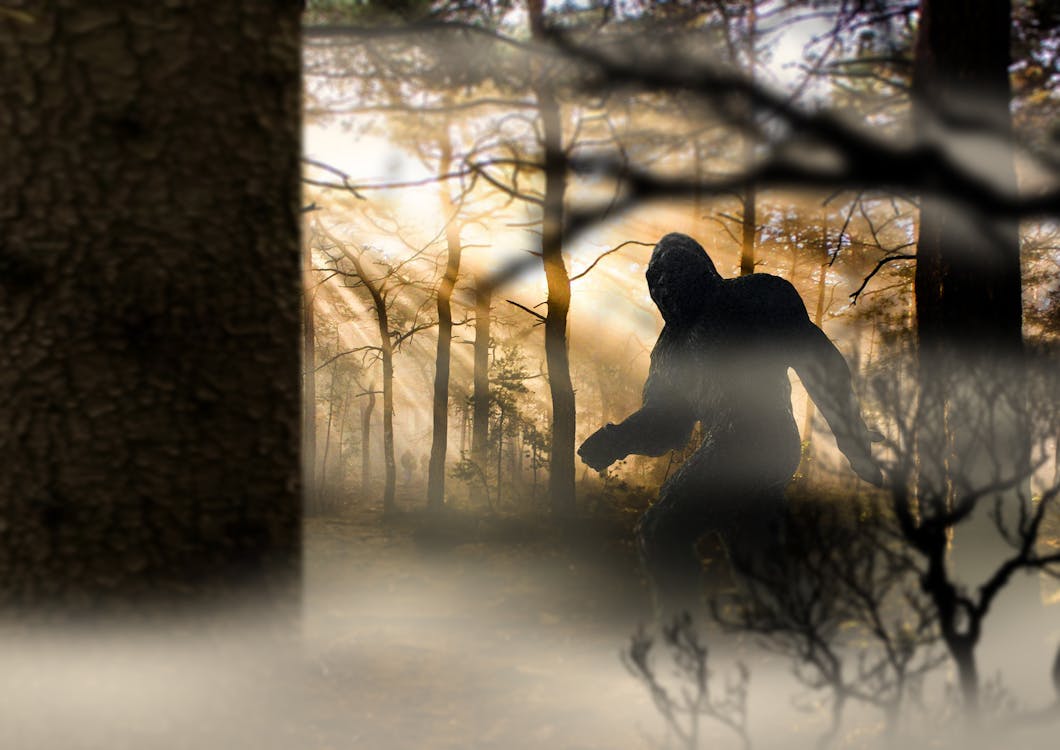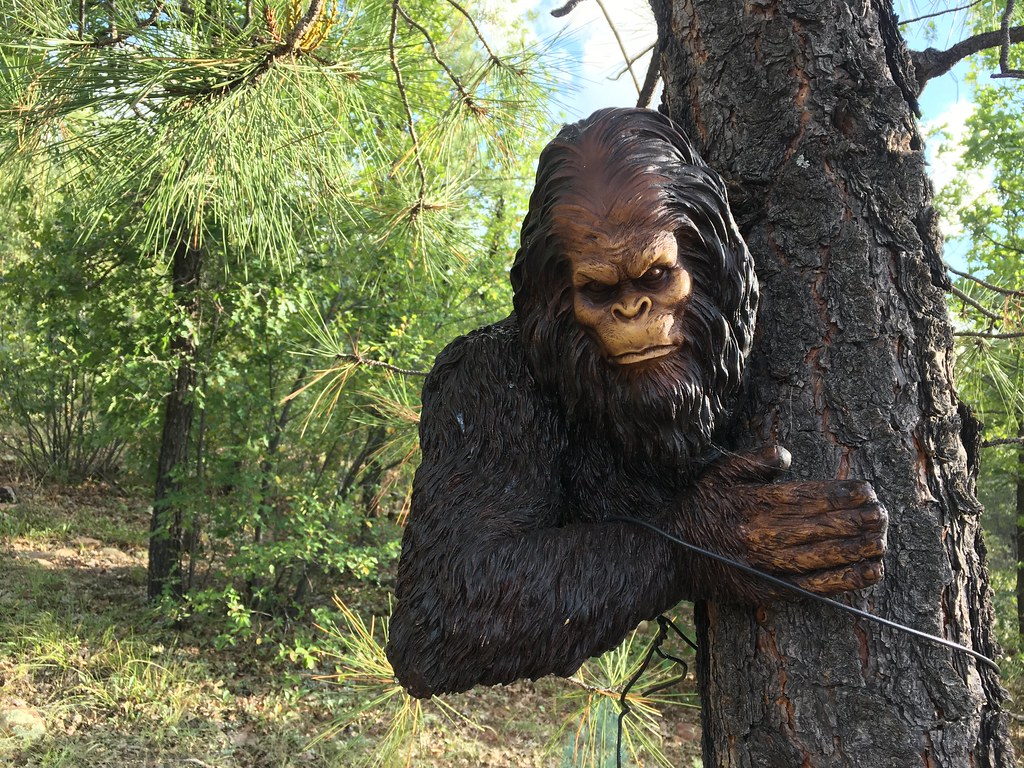Mainstream science is the branch of science that has been subject to peer review and publication in academic journals. Mainstream science includes research findings on evolution, climate change, and vaccination. Mainstream science is the process of understanding and explaining natural phenomena with empiricism based on empirical evidence, and which can be reliably reproduced. Mainstream figures: Physicist Albert Einstein, Physiologist Charles Darwin. There is a general consensus with most people accepting the findings of Mainstream scientists.

Mainstream science is a term used for the studies and common practices of modern or contemporary sciences. It is often contrasted with fringe science, which is considered to be incorrect or uncommon. In other words, if it has been scientifically proven then it's mainstream, if not then it's not as widely accepted as scientific truth because there isn't enough evidence.
Mainstream science can include social sciences and humanities, which addresses questions such as human nature and human behavior. Academic jargon is defined as the language used by academics to communicate their discoveries and knowledge. This language is typically composed of specialized terminology that may be difficult to understand if you are not familiar with it. Social Sciences and humanities are fields of research within the natural sciences that deal with questions outside of natural sciences including anthropology, sociology, literature, art history, linguistics, cultural studies, environmental studies, and so on. Examples include the study of human behavior, society, or social networks.
Mainstream science is a social institution that has been the dominant force in the production of knowledge for centuries. Mainstream science is the dominant force in the production of knowledge, which has shaped many aspects of society, including how we understand nature and our environment. We inhabit a world that is infused with science. This is a very interesting topic. I think that we exist in a world that has been influenced by science. Science has changed the way we think and perceive the world and it has also given us many great things such as medical advances and amazing technology. However, there are also some negatives to living in a world where science dominates. For example, people can become so focused on what science tells them instead of thinking for themselves and using their own knowledge. Science is an area in which many people are focused on what science tells them instead of all other factors.
The idea that mainstream science is “the science” can limit the ability of people to think for themselves when it comes to science. In the United States, many people allow mainstream science to dictate their beliefs and actions when in reality there are a plethora of ideas that revolve around what science says. In order to combat this, it is important for people to shift their focus from what is mainstream science and instead listen to what is actually being told by scientists in their respective fields.
What is the Scientific Method?
The scientific method is a step-by-step process of experimentation and inquiry that scientists use to investigate the natural world. The goal of the scientific method is to answer a question by predicting what will happen if a new hypothesis is true, testing the prediction, and then constructing an experiment to test the hypothesis. In order for a scientist's experiment to be considered valid, it must follow certain guidelines which are called "scientific protocols." One example of this is the double blind study.
The scientific method is a systematic process that permits the examination of scientific questions to determine if they are answerable through scientific experiments. The scientific method is not perfect, but it can be used to answer any questions which are derived from hypotheses. The scientific method consists of five basic steps, each with its own principles to guide the research. First, a testable question or hypothesis is identified, then an educated guess needs to be formulated. The scientific method is a systematic process of experimentation that is used to discover knowledge in natural sciences. The scientific method typically begins with observations about the natural world, which are then made into hypotheses. These are then tested through experiments and are either validated or rejected.
In conclusion, mainstream science is when a scientific consensus emerges from the investigation of competing hypotheses and data. There are many different types of science that all have their own goals and purposes. However, there is a general understanding that the goals of mainstream science are to better understand how we can make our lives better. The goals of mainstream science are to understand how we can make this world a better place. There is a general understanding that these goals come from the scientific community who dedicates themselves to exploring the various facets of our world in order to create a better understanding of how it works. This knowledge is then passed on to the rest of the population in an effort to make them more informed and able to live their lives more comfortably.

















